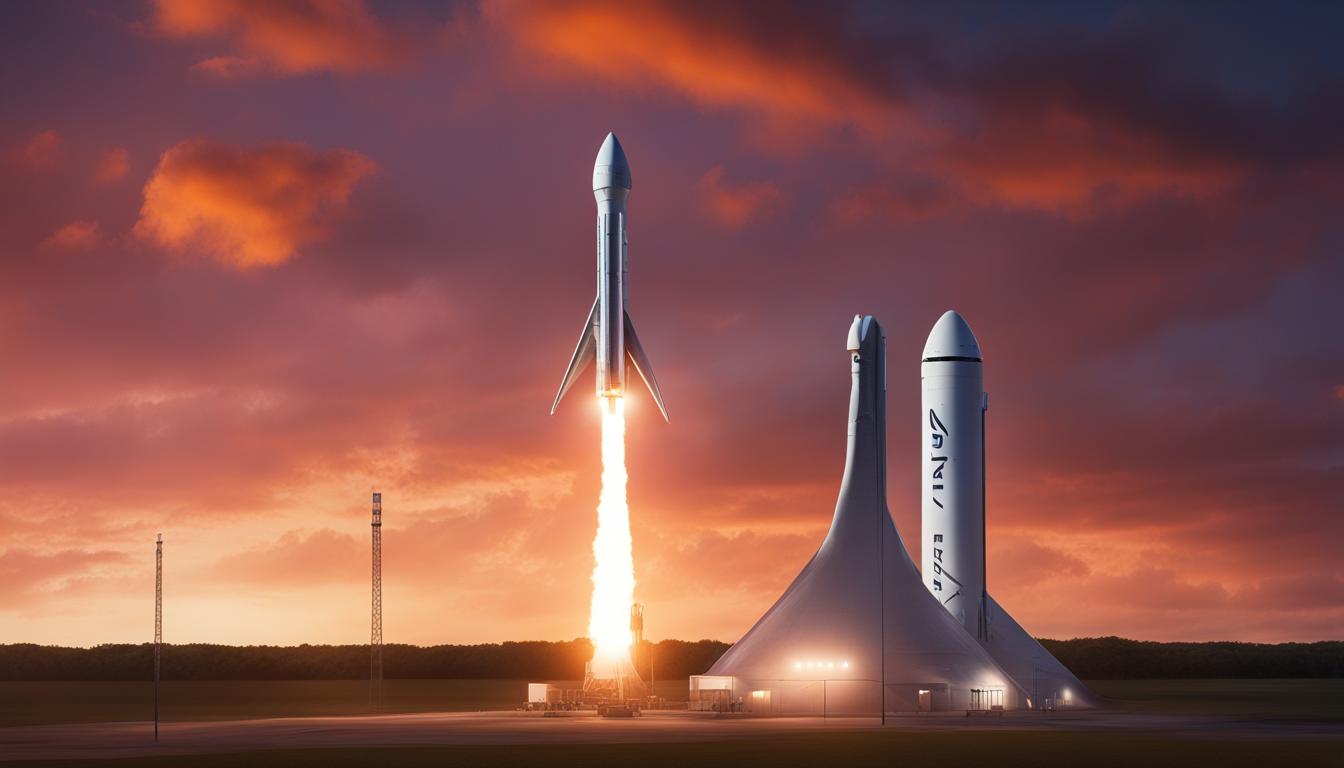SpaceX, led by visionary Elon Musk, is set to conduct a crucial test flight of its Starship rocket from Texas, marking a significant step towards Mars exploration and space tourism.
SpaceX is making strides with its Starship rocket, Elon Musk’s ambitious endeavor to facilitate human exploration of Mars. The aerospace company is preparing for a crucial test flight of the massive 120-meter-tall rocket from its Starbase facility in Texas. Despite previous challenges, including high-altitude explosions in earlier test flights, SpaceX is determined to advance its space exploration objectives.
The test flight aims to reach orbit, with SpaceX not expecting to recover the rocket stages, prioritizing data collection for future missions. Musk has shown optimism regarding Starship’s potential, viewing it as a significant step towards revolutionizing space travel and fulfilling long-term goals, including lunar and Martian colonization and space tourism.
In its third test flight attempt, the company has adjusted its strategy, planning a different flight path with an Indian Ocean splashdown. This comes as part of SpaceX’s learning-focused approach, embracing the philosophy of testing and iteration. The Starship, boasting 33 engines and capable of producing 74 meganewtons of thrust, represents the most powerful rocket system to date. Its success is crucial for near-term projects like servicing the Starlink internet constellation and Musk’s visionary plans for human Mars missions.
As SpaceX proceeds with the propellant loading for the Super Heavy booster and navigates weather and logistical challenges, the world watches in anticipation. The planned launch, scheduled for 8:25 am local time at the Starbase facility, could mark a historic milestone in space exploration. The Starship test flight is a testament to SpaceX’s commitment to pushing the limits of current space technology and unlocking future possibilities in space travel and habitation.













